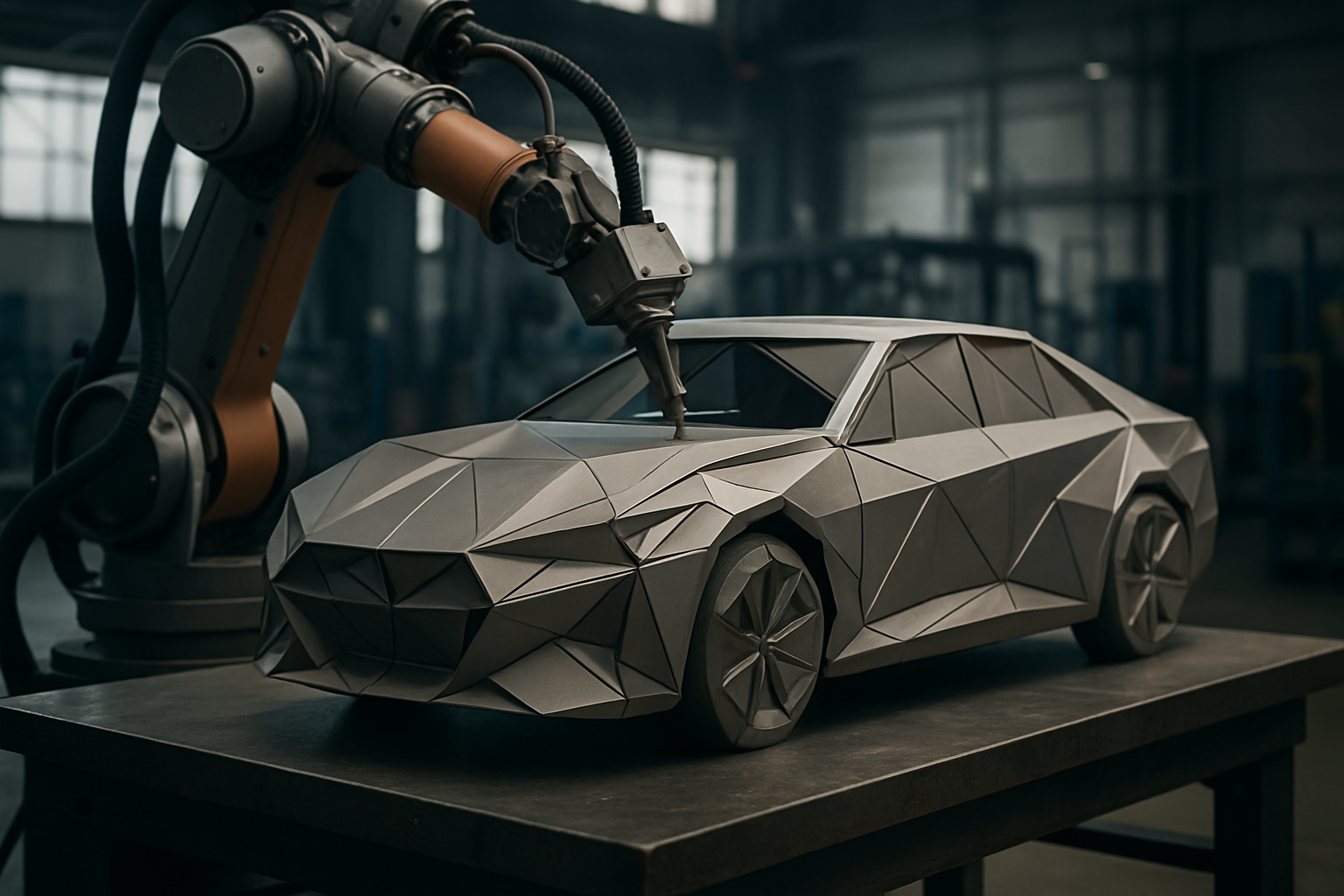The Hidden World of Automotive Clay Modeling
In the heart of every car design studio lies a secret weapon: clay. This ancient material, used by sculptors for millennia, plays a crucial role in shaping the sleek vehicles we see on roads today. Automotive clay modeling, a blend of artistry and engineering, remains an indispensable part of the car design process despite the digital revolution. Let's dive into this fascinating world where hands-on craftsmanship meets cutting-edge technology.

The Origins of Automotive Clay Modeling
Clay modeling in automotive design dates back to the 1930s when Harley Earl, General Motors’ first design chief, introduced the technique. Earl, inspired by the aircraft industry’s use of clay models, saw the potential for creating more dynamic and fluid car designs. This marked a significant shift from the boxy, utilitarian vehicles of the era to the streamlined, aesthetically pleasing cars we’re familiar with today.
Initially, automotive clay was a mixture of oils, waxes, and fillers. Over time, this composition evolved to include sulfur and other materials, creating a substance that could be easily shaped at room temperature yet firm enough to maintain its form. This specialized clay allowed designers to make rapid changes and explore various design options quickly and cost-effectively.
The Clay Modeling Process
The journey from concept to clay model is a meticulous one. It begins with 2D sketches and digital renderings, which serve as blueprints for the clay modelers. These skilled craftsmen then build a full-scale armature, typically made of foam, wood, or metal, which acts as the skeleton for the clay model.
Layer by layer, modelers apply clay to the armature, gradually building up the form of the vehicle. They use a variety of tools, from large rakes for rough shaping to small, precise instruments for detailing. The process is iterative, with designers and modelers working closely together, making constant adjustments to refine the design.
The Role of Technology in Modern Clay Modeling
While the core technique remains hands-on, technology has significantly enhanced the clay modeling process. Computer-aided design (CAD) software now works in tandem with traditional modeling methods. Designers can create digital models that are then milled into clay using computer-controlled machines, providing a starting point for further refinement by hand.
3D scanning technology also plays a crucial role. Clay models can be scanned and digitized, allowing for precise measurements and easy collaboration between design teams across different locations. This digital data can then be used for virtual testing, such as aerodynamic simulations, before any physical prototypes are built.
Why Clay Modeling Persists in the Digital Age
In an era of virtual reality and advanced computer simulations, one might wonder why automotive companies still invest in clay modeling. The answer lies in the unique benefits this tactile process offers. Clay models provide a physical, full-scale representation that digital renderings simply can’t match. They allow designers and executives to assess proportions, stance, and overall aesthetic impact in a way that’s impossible with a computer screen.
Moreover, clay models serve as a crucial tool for evaluating how light interacts with a vehicle’s surfaces. The play of light and shadow on a clay model reveals subtleties in the design that might be missed in digital renderings. This is particularly important for identifying and refining highlight lines - the distinctive contours that give a car its character and visual appeal.
The Future of Automotive Clay Modeling
As we look to the future, it’s clear that clay modeling will continue to evolve alongside digital technologies. We’re already seeing the integration of augmented reality (AR) in the clay modeling process. Designers can now overlay digital elements onto physical clay models, allowing for rapid visualization of different design options without the need to physically alter the clay.
There’s also a growing trend towards more sustainable practices in clay modeling. Automotive companies are exploring eco-friendly clay alternatives and developing recycling programs for used modeling clay. These initiatives aim to reduce the environmental impact of the design process while maintaining the irreplaceable benefits of physical modeling.
The art of automotive clay modeling stands as a testament to the enduring value of hands-on craftsmanship in an increasingly digital world. It bridges the gap between imagination and reality, allowing designers to sculpt dreams into tangible forms. As long as we continue to be captivated by the aesthetics of automobiles, clay will remain a vital tool in shaping the cars of tomorrow.





